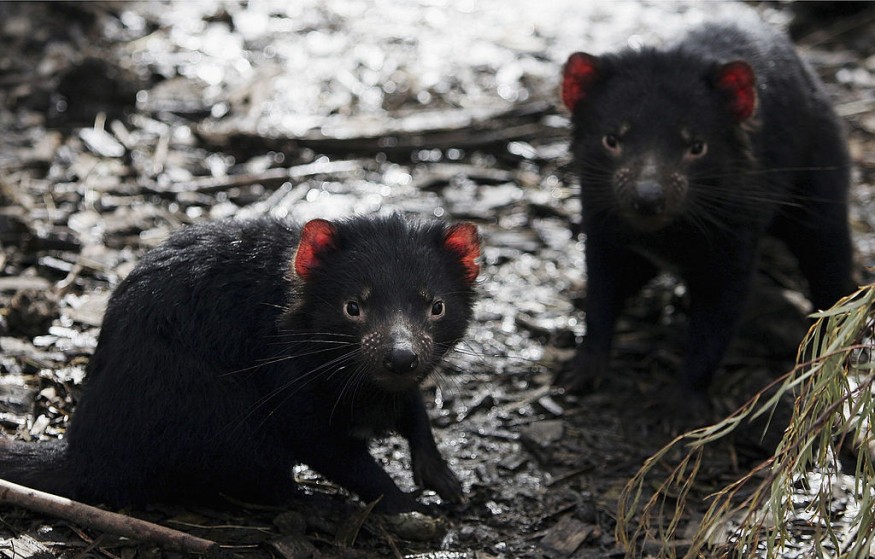Incorporating viruses that previously endangered their life into their non-coding or "junk" DNA, marsupials have made friends with ancient adversaries.
Researchers have discovered multiple lines of evidence suggesting that these sections of DNA guard against viruses that are identical to the originals - and that they do it extremely efficiently.
Although the evidence for humans and other placental animals is less clear, the researchers feel it supports the theory that our forefathers did something similar.

"Junk" DNA

Human junk DNA and other eutherians like rats have been shown to contain viral DNA (officially known as endogenous viral elements or EVEs). EVES protect plants and invertebrates from viruses that are linked to them.
However, research author and Ph.D. student Emma Harding of the University of New South Wales told IFLScience that the potential that they do the same in eutherians has been difficult to substantiate.
Marsupial Immune System

Because marsupials have less developed immune systems than eutherians, Harding reasoned that any previous viruses would be easier to detect if they had an antiviral role.
According to Harding and co-authors in the journal Virus Evolution, the hypothesis proved productive with indications that three ancient viruses have done precisely that for a wide variety of marsupials.
Harding told IFLScience, "We screened representatives of 130 kinds of viruses, seeking for their equivalents in marsupial junk DNA."
Related Article : Melting Glaciers in Arctic Could Release Dangerous Viruses, Leading to Interspecies Transmission
Virus and Bacteria
Filoviridae, which includes Ebola and the less well-known families Bornaviridae and Parvoviridae, were shown to have extensive matches.
"There's a reason these viral bits have been kept. We would anticipate all DNA to alter through millions of years of evolution, yet these fossils have been conserved and remained intact," Harding said in a release.
"The animal DNA has effectively taken a viral sequence that used to damage it and turned it into a benefit for itself." Rarer EVEs from different families were also discovered.
The most apparent use for these viral relics is to generate RNA that attaches to the original virus or its close relatives, killing it and preventing future infections. "There may be a process comparable to vaccination, but it's passed down down the generations. The cell is immunized against future infection by preserving a viral fossil," Harding explained.
The most apparent use is for these viral relics to generate RNA that attaches to the original virus or its close relatives, killing it and preventing future infections. "There may be a process comparable to vaccination, but it's passed down through generations. The cell is immunized against future disease by preserving a viral fossil, according to Harding.
More "Advanced" Immune System
Because humans and our closest relatives have more advanced immune systems, this integration approach is likely to be uncommon and less potent, but it may still play a part in our defense.
On the other hand, Harding does not believe COVID-19 will ever become a part of our DNA and so protect us from additional coronaviruses. Coronaviruses have a big genome and change quickly, so even if one integrates, it is unlikely to be passed on, she told IFLScience.
The EVEs identified in the study can be present in all 13 marsupial species investigated by Harding.
In addition, the Bornaviridae's genomic sites are so uniform that they must have been included in a common ancestor that existed before Australia and South America split, which happened about 160 million years ago.
For more health and medicine related news, don't forget to follow Nature World News!
© 2025 NatureWorldNews.com All rights reserved. Do not reproduce without permission.





